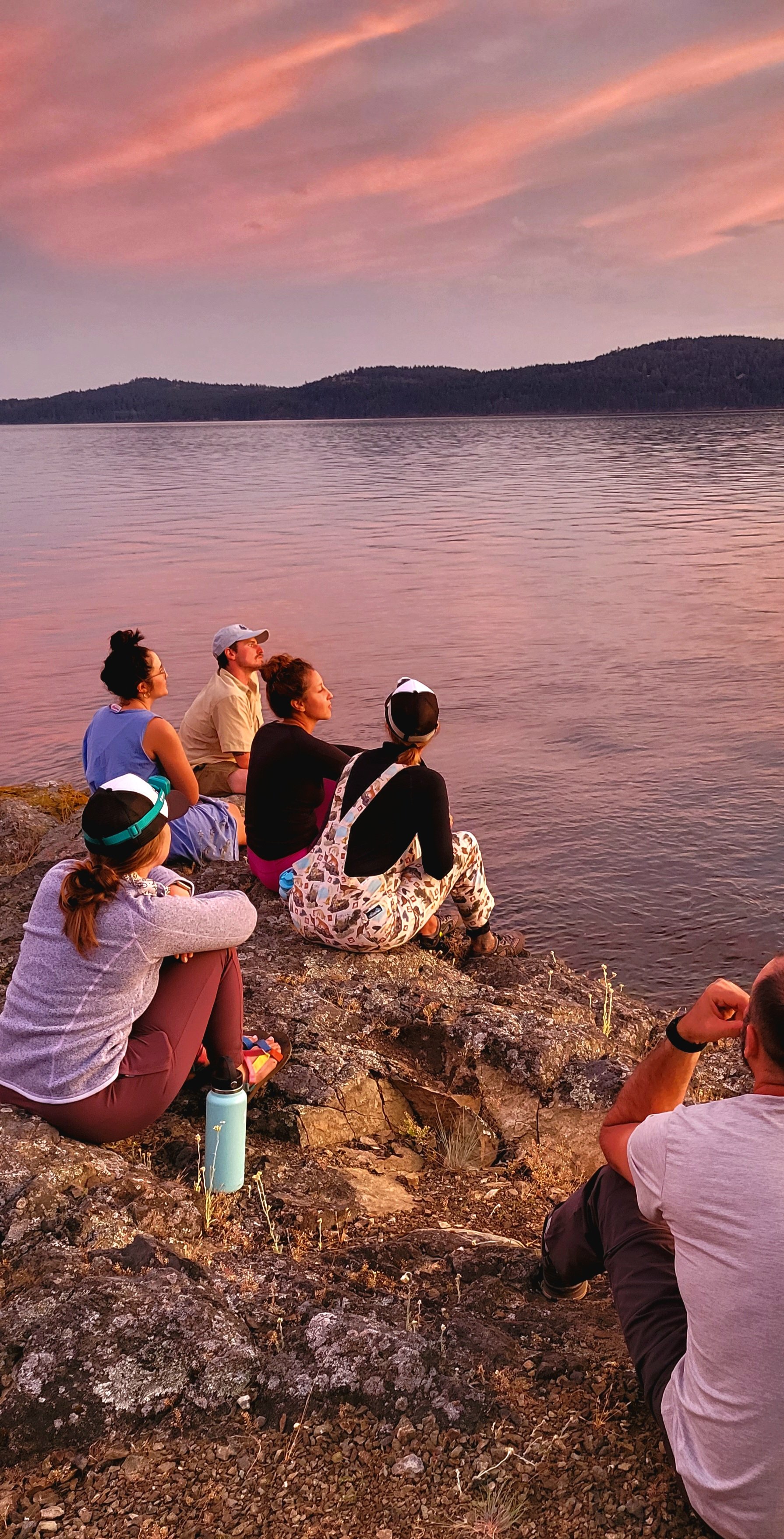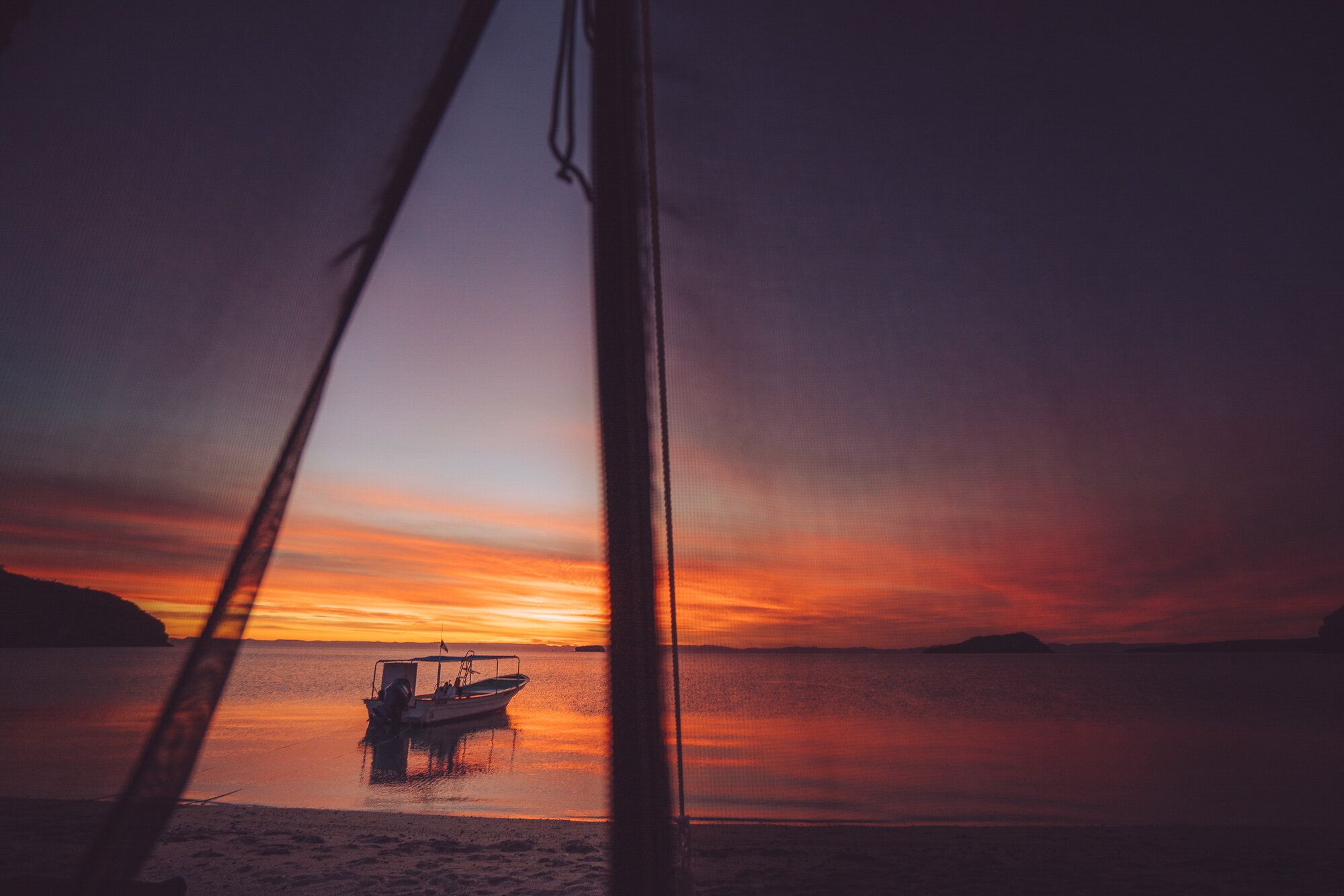I was sitting at the dentist as they were drilling into my teeth. My body was tense, my mind was racing and in that moment I remembered….anything can be a practice.
My first memory of going to the dentist was when I was 6 years old. I cried so hard in the chair that eventually the dentist just poked around in my mouth and called it good. "YES, I WIN!!!” I thought, figuring I had found a way to game the system and I walked out triumphantly.
Turns out this is not the best approach to dental care. And when you become an adult and have to pay for your own shit, it gets even less fun. So on Monday when the dentist handed me an estimate for a few thousand dollars of dental work, I could feel the fear and panic rising up in my body. Well shit.
All the regular programming started to run, “I don’t have the money for this, I don’t have the time for this, does this dentist really know what he’s talking about?”. The list goes on.
I'm not sure what the feelings of overwhelm, or panic, or fear feel like to you, but for me it's a very distinct pounding in my chest, coupled with a sinking feeling in my stomach.
As they laid me back to begin the work, I did what every self-respecting meditation teacher would do. I started meditating.
Now, this might not be the kind of meditation that first comes to mind, like sitting on a cushion in a beautiful and serene space. However, to me, meditation is when I touch back in with Center.
Meditation is anytime I connect back in with my True Nature or Authentic Essence or however else you want to call it. It’s the process of shifting through all the bullshit to return to the Truth that is already inside of you.
Here are 4 Simple Steps to Integrate Meditation Into Your Life
Step 1: Notice When You’re Uncomfortable (And When The Feeling Won’t Go Away)
Recognizing when you’re uncomfortable is the first step to this process.
Many of us tend to ignore our uncomfortable feelings, so much so, that it becomes like second nature to ignore them. It becomes a habit to just stuff them down and move on.
Sometimes, this is absolutely necessary to do. It’s not possible to emotionally process every tiny thing that happens to us on any given day.
However, some emotional disturbances are larger than others, so notice if the uncomfortable feeling in your body is lingering. Is it still knocking on the door of your mind and heart? Is it perhaps pounding? Usually this is a sign that you need to pause and pay some attention to yourself.
Step 2: Breathe, Stop Resisting Reality and Instead Let It In (Feel It)
"Peace is the result of retraining your mind to process life as it is, rather than as you think it should be." - Wayne Dyer
I know this whole dentist story is an incredibly ridiculous example, but here's the thing:
When we resist a single piece of reality, life gets really painful.
Our egoic mind is carefully trying to craft reality to our expectations instead of accepting it exactly as it is. It tries to tell us that we are better off just not feeling the uncomfortability that is arising. Or it logically tries to find a solution to the feeling right away instead of at first just feeling it. (Guess what, the solution to the feeling is literally just to feel it - that's why it's called a feeling!)
In the end, it is way less painful to just take time to feel the overwhelm, the fear, the panic, the shame, the guilt, the resentment, etc than to let it fester and become the ruler of your decisions. Because the unfelt has immense power over you.
This step is all about allowing yourself to feel the unfelt.
Begin to breathe deeply and let the pounding in your chest rise up, let the feeling of chaos or anxiety stir. Just feel your feelings. Simple as that.
Step 3: Keep Your Mind Out Of It (Stay In The Present Moment)
Now this part is really important: Keep your mind out of it.
As you let your body feel the emotions (i.e. the pounding, the heat, the sinking feeling, the butterflies in your stomach, etc) your mind will want to jump in with its own narrative. It will want to replay memories or agonize over plans for the future.
Letting the mind slip into thoughts of the past or desire of the way the future should look, tends to trigger more waves of challenging emotions.
So as best you can, keep your mind focused on feeling your body.
If this is challenging, then keep directing your breath to the part of your body where you are feeling the challenging emotions. Where you send your breath your mind will go.
Step 4: Relax and Come Back to Center
Your body is made up of many different types of channels. If a certain area of your body is blocked, those emotions that you’re feeling have nowhere to go. Emotions are e-motion, or in other words: energy in motion.
Your feelings need to move.
So step 4 is simple. Keep breathing and relax your body. As you are feeling your feelings, notice where you are tense.
Maybe the anxiety in your belly is causing your stomach to be tense. Relax it.
Maybe the closing feeling of fear in your heart is causing your chest muscles to be tight. Relax them.
Continue this relaxing process. This will open up the channels of your body and allow the challenging emotion to move and be integrated and dispersed.
When the challenging emotion is no longer clouding your mind and body you can return to center and from center, take the best action to move forward.
If, at the dentist, I had left all those emotions in there to swirl around and grow, then when I got up from the chair, I would have made my very next decision out of fear, and the next decision after that out of fear, and so on.
But I didn't let that happen. I went in and felt the uncomfortable feelings, I relaxed my body, came back to center and then I began to love.
I sent love to the dentist and the hygienist working in my mouth. I sent love to the front desk ladies who told me I didn't have insurance (which I do). And then I just kept sending out a whole bunch of love.
When we were finished, I was in such a deep state of relaxation and total surrender.
"I wish every patient was as easy to work on as you!" the dentist told me.
I walked out not only feeling totally relaxed and completely full of love, but the path forward had become clear. All the things I was worried about had dissipated.
Anything can be a practice. In fact, life is calling us to practice, because life is the practice. It's not about how long you can sit on your meditation cushion or how many hours you can log of meditation.
When life gets stormy can you use the storm to go deeper into yourself rather than running away from yourself? Can you use the moments of pain for further liberation from suffering? The answer is yes. It is possible.
The key? Meet life exactly where it is, rather than as you think it should be and know that anything, yes even a trip to the dentist, can be a practice.
(Carisa is a meditation teacher and one-on-one meditation coach specializing in using the uncomfortable as a path to liberation. www.sacredandsimple.com)





























